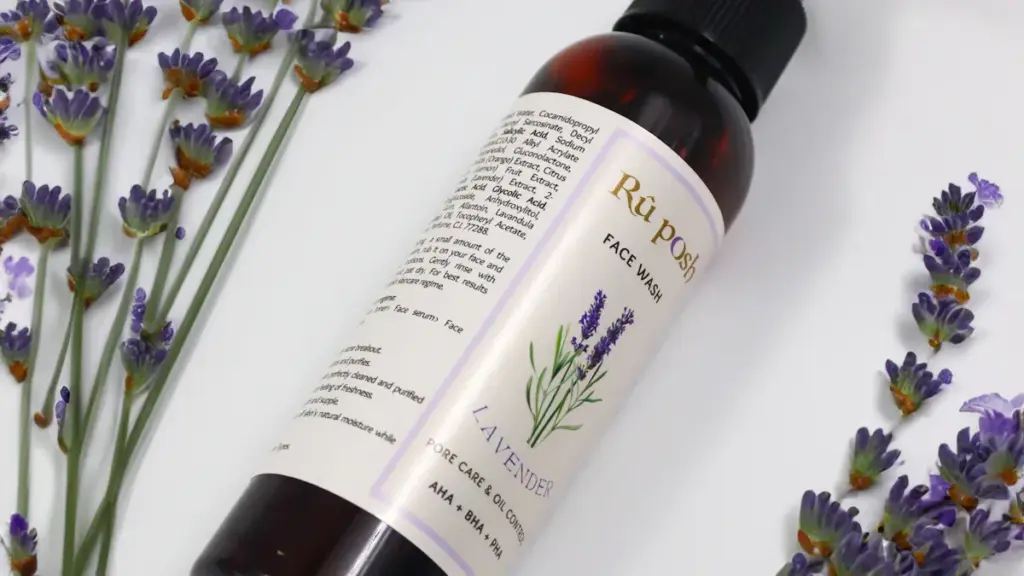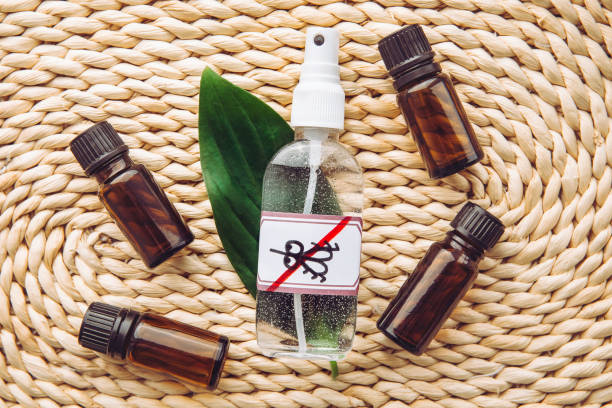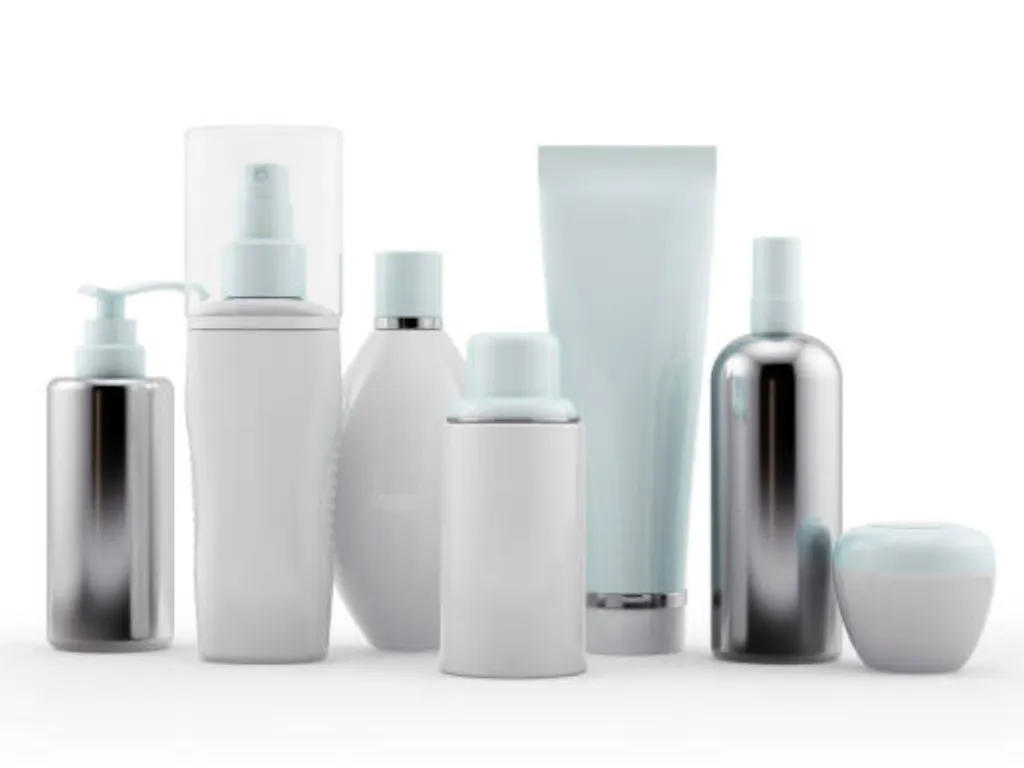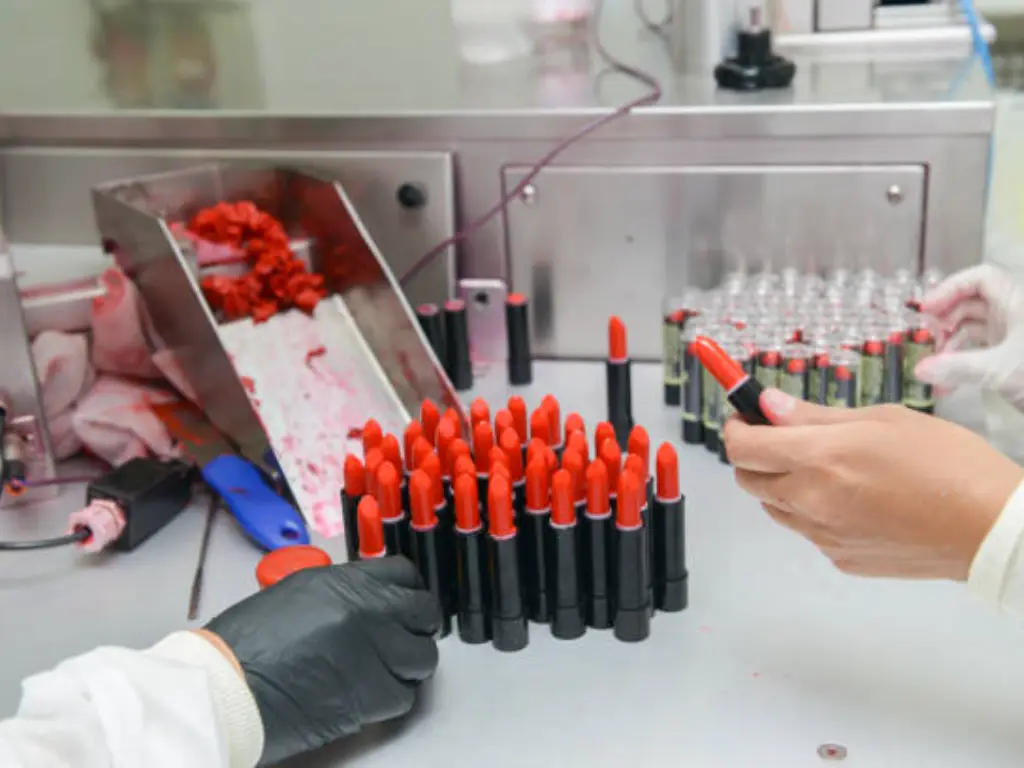
Ensuring FDA compliance is essential for beauty startups. It safeguards product safety, builds consumer trust, and protects your business from legal troubles. Non-compliance, however, can lead to severe consequences. Recalls often involve high costs, such as investigations and legal fees. They can also tarnish your brand’s reputation, causing a drop in sales. For smaller startups, these financial burdens can be overwhelming. Fortunately, compliance with FDA cosmetic regulations in the USA is within reach. With proper tools and knowledge, you can confidently navigate the requirements and establish your brand as a trusted name in the industry.
FDA’s Role in Cosmetic Product Safety
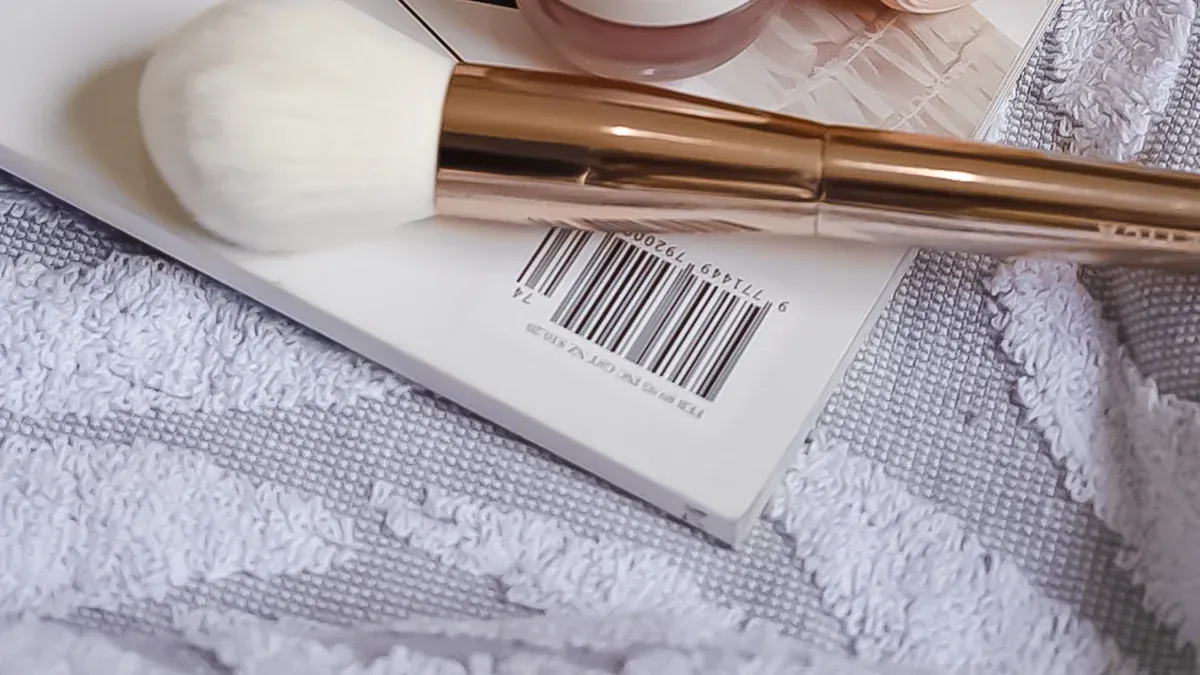
FDA’s Oversight of Beauty Products
The FDA plays a critical role in ensuring cosmetic product safety in the USA. It oversees the manufacturing, étiquetage, and marketing of cosmetics to protect consumers from harmful products. Manufacturers must follow strict guidelines to comply with federal cosmetics legislation. These include Bonnes pratiques de fabrication (GMPs), transparent labeling, and ingredient disclosure. The FDA also conducts facility inspections, collects product samples, and performs research to address safety concerns.
If a product violates FDA cosmetic regulations, the agency can take regulatory action. This includes issuing warnings, seizing products, or pursuing legal action against non-compliant companies. By enforcing these regulations, the FDA ensures that cosmetics meet safety standards and do not pose risks to consumers.
Regulatory Practice | Description |
|---|---|
Bonnes pratiques de fabrication (GMPs) | Adhering to strict quality control standards to ensure product safety and consistency. |
Transparent Labeling | All product labels must provide truthful and accurate information about the product. |
Safety Testing | Manufacturers are responsible for ensuring product safety through various testing methods. |
Ingredient Disclosure | Certain substances are banned or restricted in cosmetics, ensuring consumer safety. |
MoCRA Compliance | Establishes regulations for GMPs, allergen labeling, and safety substantiation. |
Classification of Cosmetics vs. Drugs
Understanding product classification is essential for compliance with FDA cosmetic regulations. The FDA distinguishes between cosmetics and drugs based on their intended use. Cosmetics include products like moisturizers, rouge à lèvres, and shampoos, which are used for cleansing, beautifying, or altering appearance. Drugs, d'autre part, are products intended to treat or prevent diseases or affect the structure or function of the body.
Par exemple, a lotion marketed as a moisturizer is classified as a cosmetic. Cependant, if the same lotion claims to treat eczema, it becomes a drug and must meet additional FDA requirements. Misclassifying your product can lead to non-compliance with federal cosmetics legislation, so you must clearly define its intended use.
Key FDA Cosmetic Regulations
The FDA enforces several regulations to ensure the safety and transparency of cosmetics in the USA. These include restrictions on harmful ingredients, mandatory warning labels, and GMPs. Manufacturers must also substantiate the safety of their products through testing. The Modernization of Cosmetics Regulation Act (MoCRA) has further strengthened these guidelines. It requires fragrance allergen labeling, standardized talc testing, and detailed record-keeping.
State-specific cosmetic regulations may also apply, so you should stay informed about local requirements. By adhering to these guidelines, you can ensure your products meet FDA standards and build trust with your customers.
Conseil: Regularly review FDA updates and consult experts to stay compliant with evolving regulations.
Essential FDA Compliance Requirements
Bonnes pratiques de fabrication (GMP)
Bonnes pratiques de fabrication (GMP) form the backbone of FDA compliance for beauty startups. These practices ensure that your products meet safety and quality standards during manufacturing. By following GMP, you can minimize contamination risks, maintain consistency, and build consumer trust. The FDA requires manufacturers to implement strict quality control measures, such as monitoring production processes and maintaining clean facilities.
Adopting GMP not only meets regulatory requirements but also enhances your brand’s reputation. Consumers are more likely to trust products manufactured under stringent guidelines. En plus, the GMP Testing Service market is evolving, driven by technological innovations and sustainability concerns. Digital tools now play a significant role in streamlining manufacturing processes, making compliance more efficient.
Conseil: Regularly audit your manufacturing processes to ensure they align with GMP standards. This proactive approach can help you avoid costly compliance issues.
Labeling Standards for Cosmetics
Accurate labeling is a critical aspect of FDA compliance. Labels must clearly list all ingredients, provide truthful claims, and comply with FDA labeling regulations. Proper labeling protects consumers by allowing them to identify potential allergens or irritants. Par exemple, listing fragrance allergens on your product labels can prevent adverse reactions and foster trust.
Failure to meet labeling requirements can lead to regulatory action, including product recalls or fines. Transparent labeling also strengthens your relationship with customers. When consumers understand your product’s contents, they feel more confident in their purchasing decisions.
Benefits of Accurate Labeling:
Reduces the risk of allergic reactions.
Builds consumer trust through transparency.
Ensures compliance with FDA labeling regulations.
Note: Always verify that your product labels meet FDA standards before launching them in the market. This step can save you from potential legal challenges.
Facility Registration and Product Listing
Facility registration and product listing are essential for maintaining FDA compliance. Under the Modernization of Cosmetics Regulation Act (MoCRA), all cosmetic manufacturing facilities must register with the FDA. You must also list your products and their ingredients to enhance oversight and accountability.
These requirements reduce compliance issues by ensuring that manufacturers adhere to FDA regulations. Par exemple, Section 607 of MoCRA mandates facility registration and product listings, holding companies accountable for their products. Expanded FDA enforcement authority, including mandatory recalls, further emphasizes the importance of compliance.
Requirement Description | Impact on Compliance |
|---|---|
Facility registration and product listing | Improves oversight and reduces non-compliance risks. |
Expanded FDA enforcement authority | Increases accountability and ensures product safety. |
By meeting these requirements, you can avoid regulatory penalties and demonstrate your commitment to producing safe, high-quality cosmetics.
Reminder: Keep your facility registration and product listings up to date. This practice not only ensures compliance but also helps you stay ahead of regulatory changes.
Overcoming Common Compliance Challenges
Documentation and Record-Keeping
Maintaining accurate records is one of the most challenging aspects of FDA compliance. You must ensure that all documentation is up-to-date, organized, and accessible for FDA audits. Transitioning from paper-based systems to digital platforms can simplify this process but may also introduce hurdles like training staff and ensuring secure access.
To streamline your record-keeping:
Utiliser secure access controls, such as unique user IDs and passwords, to protect electronic records.
Implement tamper-proof audit trails to track changes, including who made them and when.
Organize documents by category and department for quick retrieval during inspections.
Adopt clear naming conventions to make files easier to locate.
Maintain both physical and digital backups to safeguard critical information.
The FDA requires you to provide sanitation procedures and other critical records promptly during audits. En adoptant ces pratiques, you can reduce compliance risks and improve operational efficiency.
Testing and Ingredient Safety
Ensuring ingredient safety is vital for meeting FDA regulations. You must conduct thorough safety testing in cosmetics to verify that your products are safe for consumer use. Missteps in testing can lead to non-compliance, product recalls, or even legal action.
Common pitfalls in testing include inconsistent sample sizes and misinterpreted averages. Par exemple, using different definitions across departments can result in errors. To avoid these issues, apply standardized testing methods and report sample sizes accurately. This approach ensures reliable results and compliance with FDA requirements.
En plus, you should stay informed about ingredient safety and restrictions. Certain ingredients are banned or limited under FDA regulations. Regularly reviewing these lists helps you avoid using prohibited substances and ensures your products meet safety standards.
Avoiding Misleading Claims
Misleading claims can quickly put your brand at odds with FDA regulations. Claims like “anti-âge” ou “cures acne” may classify your product as a drug rather than a cosmetic, triggering stricter requirements. To stay compliant, focus on truthful and transparent marketing.
When conducting a label and claims review, ensure that your product descriptions align with its intended use. Avoid exaggerations or promises that cannot be substantiated. Par exemple, instead of claiming “removes wrinkles instantly,” describe your product as “helps improve the appearance of fine lines.”
Clear and honest communication builds trust with your customers and keeps you aligned with FDA compliance. Regularly auditing your marketing materials can help you avoid costly penalties and maintain your brand’s reputation.
MoCRA and Its Impact on Beauty Startups

Overview of MoCRA Regulations
The Modernization of Cosmetics Regulation Act (MoCRA) has transformed the regulatory landscape for beauty startups. Before MoCRA, product registration and compliance were optional, leaving gaps in accountability. Maintenant, MoCRA mandates facility registration, product listing, and adherence to Good Manufacturing Practices (GMP). These requirements ensure that brands prioritize safety and transparency from the start.
MoCRA also emphasizes the importance of allergen labeling and safety substantiation. You must provide detailed data on your products, including ingredient lists and testing results. This shift holds brands accountable for potential recalls or allergic reactions, making regulatory and quality assurance roles critical within your company. By complying with MoCRA, you can build trust with consumers and avoid costly adjustments later.
Conseil: Begin compliance planning early to streamline your operations and meet MoCRA’s requirements efficiently.
Compliance Deadlines Under MoCRA
MoCRA introduces specific deadlines for compliance that you must meet to avoid penalties. The most notable deadline is July 1, 2024, for facility registration and product listing. This requirement ensures that the FDA has oversight of your manufacturing processes and product safety.
Compliance Requirement | Deadline |
|---|---|
Facility registration and product listing | July 1, 2024 |
Meeting these deadlines is crucial for maintaining compliance. You should start gathering the necessary documentation and data well in advance. This proactive approach reduces the risk of last-minute errors and ensures your brand stays aligned with FDA regulations.
Reminder: Mark compliance deadlines on your calendar and allocate resources to meet them on time.
Implications for Small Beauty Brands
MoCRA’s regulations present unique challenges for small beauty brands. Implementing facility registration and data submission increases operational costs, which can strain your budget. Smaller brands often face financial hurdles when adapting to these new requirements.
Operational Impacts:
Facility registration and product listing demand additional resources and time.
Compliance affects all aspects of your business, du développement de produits au marketing et à la distribution.
Despite these challenges, MoCRA also offers opportunities for growth. By adhering to its regulations, you can demonstrate your commitment to safety and quality. This builds consumer trust and strengthens your brand’s reputation in a competitive market.
Note: Partnering with experienced manufacturers like Oully can help you navigate MoCRA’s requirements efficiently.
Best Practices for FDA Compliance
Staying Updated on FDA Cosmetic Regulations
Staying informed about FDA cosmetic regulations is essential for maintaining compliance. The FDA frequently updates its guidelines to address new safety concerns and industry trends. You should regularly review these updates to ensure your products meet the latest requirements.
Subscribing to FDA newsletters or alerts is a simple way to stay informed. These resources provide timely updates on regulatory changes, ingredient restrictions, and compliance deadlines. En plus, attending industry conferences or webinars can help you understand how new regulations impact your business.
Collaborating with experienced partners like Oully can also streamline this process. Their expertise in FDA compliance ensures your products align with current standards. By staying proactive, you can avoid costly penalties and build trust with your customers.
Conseil: Dedicate time each month to review FDA updates and assess their impact on your operations.
Screening Ingredients for Compliance
Screening ingredients is a critical step in ensuring your products meet FDA requirements. This process involves evaluating each ingredient for safety and compliance with FDA regulations. Using non-compliant or unsafe ingredients can lead to recalls, fines, or damage to your brand’s reputation.
To screen ingredients effectively:
Conduct a comprehensive review of ingredient safety data from suppliers.
Refer to historical safety data published in scientific literature.
Utilize reviews conducted by the Cosmetic Ingredient Review (CIR) panel.
Component | Description |
|---|---|
Quantitative and qualitative composition | Detailed list of all ingredients and their concentrations. |
Microbiological quality | Assessment of the product’s microbial content to ensure microbiological safety. |
Safety assessment conclusion | Clear statement of the product’s safety for human use. |
By following these steps, you can ensure your products meet FDA safety standards and build consumer confidence.
Reminder: Always document your ingredient screening process to demonstrate compliance during FDA audits.
Accurate Labeling and Transparent Claims
Accurate labeling and transparent claims are vital for FDA compliance. Labels must clearly list all ingredients, usage instructions, and warnings. This transparency helps consumers make informed decisions, especially those with allergies or sensitivities.
Transparent claims also enhance your brand’s credibility. When your marketing aligns with your product’s actual benefits, customers are more likely to trust your brand. Par exemple, instead of claiming “eliminates wrinkles,” you could say “helps reduce the appearance of fine lines.”
Accurate labeling prevents costly recalls and legal issues. It also supports the substantiation of marketing claims, which is crucial for long-term success. By prioritizing clear and truthful communication, you can strengthen your brand’s reputation and foster customer loyalty.
Note: Regularly audit your labels and claims to ensure they comply with FDA regulations and reflect your product’s true benefits.
Partnering with Experts Like Oully
Navigating FDA regulations can feel overwhelming, especially for emerging beauty startups. Partnering with experienced professionals like Oully simplifies this process. With over a decade of industry expertise, Oully specializes in helping brands meet FDA requirements while maintaining product quality and innovation.
Oully operates a state-of-the-art, FDA-certified facility that adheres to strict Good Manufacturing Practices (GMP). This ensures your products meet the highest safety standards during production. Their team stays updated on evolving FDA regulations, so you don’t have to worry about missing critical compliance updates. By working with Oully, you gain access to a partner who prioritizes your success and ensures your products align with all regulatory requirements.
One of Oully’s standout features is their ability to customize solutions for your brand. Whether you need assistance with ingredient screening, accurate labeling, or facility registration, Oully provides end-to-end support. Their expertise in FDA regulations ensures your products meet all compliance requirements without compromising on creativity or quality.
Oully also offers low minimum order quantities (Moqs) et les temps de reminance de production rapide. This flexibility allows you to scale your business while staying compliant with FDA requirements. Their commitment to sustainable practices further enhances your brand’s reputation, showing customers that you care about both safety and the environment.
Conseil: Collaborating with a trusted partner like Oully not only simplifies FDA compliance but also frees up your time to focus on growing your brand.
En choisissant ouly, you can confidently navigate FDA regulations, ensuring your products meet all safety and quality standards. This partnership helps you build trust with your customers and establish a strong foundation for long-term success.
FDA compliance is vital for beauty startups. It ensures product safety, builds consumer trust, and protects your business from legal risks. Proactive measures like maintaining accurate records, implementing corrective actions, and fostering a quality culture can prevent costly recalls and strengthen your brand. Regularly reviewing FDA regulations and addressing issues early helps you stay ahead of compliance challenges. Partnering with experts like Oully simplifies this process, offering tailored solutions to meet FDA standards. By prioritizing compliance, you safeguard your reputation and set your business up for long-term success.
Conseil: Use resources like the FDA website to stay informed and refine your compliance strategies.
FAQ
What is the FDA’s role in regulating cosmetics?
The FDA ensures that cosmetics meet safety standards. It oversees manufacturing, étiquetage, and marketing practices. While the FDA does not approve cosmetics before they hit the market, it enforces regulations to protect consumers from harmful products.
Do I need FDA approval for my beauty products?
Non, the FDA does not approve cosmetics. Cependant, you must comply with FDA regulations, including proper labeling, ingredient safety, and Good Manufacturing Practices (GMP). These steps ensure your products meet safety and quality standards.
How can I avoid non-compliance with FDA regulations?
You can avoid non-compliance by following FDA guidelines. Ensure accurate labeling, conduct ingredient safety testing, and maintain proper documentation. Regularly review FDA updates to stay informed about changing regulations and avoid penalties.
What happens if my product violates FDA regulations?
If your product violates FDA regulations, the agency may issue warnings, seize products, or mandate recalls. Non-compliance can also lead to fines and damage your brand’s reputation. Staying compliant protects your business and builds consumer trust.
How does MoCRA affect FDA compliance for beauty startups?
MoCRA introduces stricter FDA regulations, including mandatory facility registration and product listing. It emphasizes allergen labeling and safety substantiation. These changes increase accountability and ensure your products meet modern safety standards.


